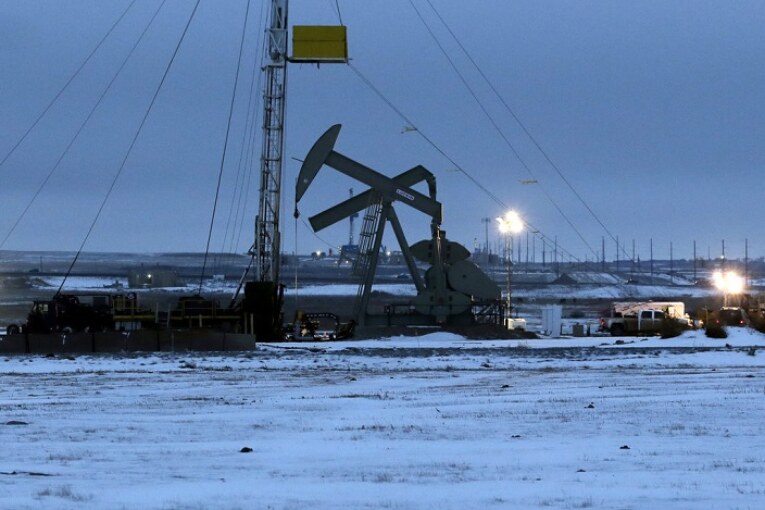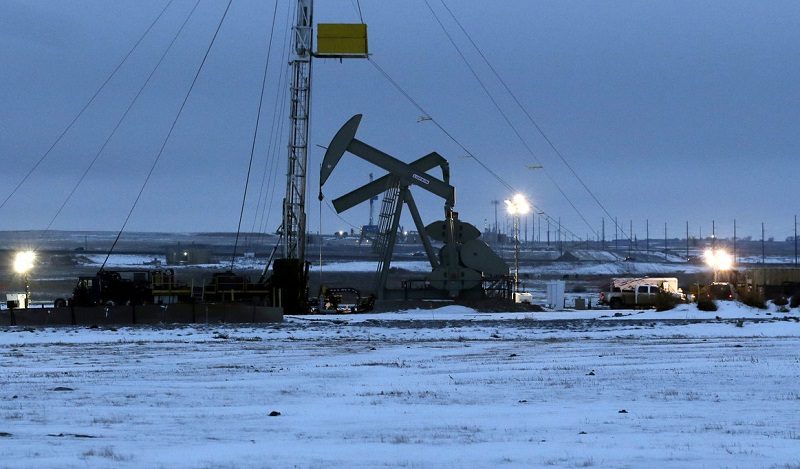

U.S. energy firms added oil and natural gas rigs for a record 18th month in a row after boosting the rig count again this week as oil prices soared to their highest since 2014, prompting more drillers to return to the wellpad.
The oil and gas rig count, an early indicator of future output, rose six to 610 in the week to Jan. 28, its highest since April 2020, energy services firm Baker Hughes Co said in its closely followed report on Friday.
In January, the oil and gas rig count rose by 24.
Even though the rig count has climbed for a record 18 months in a row, analysts noted U.S. production slipped in 2021 as many energy firms focused more on returning money to investors rather than boosting output.
Baker Hughes said the total count was up 226 rigs, or 59%, over this time last year.
U.S. oil rigs rose four to 495 this week, their highest level since April 2020, and jumped by 15 in January, rising for a 17th straight month, which was the longest streak of gains since January 2011.
Gas rigs increased two to 115 this week, their highest since January 2020, and rose by seven in January, their biggest monthly gain since December 2018.
U.S. crude futures were trading at about $87 per barrel this week, their highest since October 2014, putting the contract on track to rise for a sixth week in a row for the first time since October 2021.
With oil prices up about 16% so far this year after soaring 55% in 2021, a growing number of energy firms have raised spending plans for a second year in a row in 2022 after cutting drilling and completion expenditures in 2019 and 2020.
The spending increase in 2021, however, was small and much of it went toward completing wells drilled in the past, known in the industry as drilled but uncompleted (DUC) wells.
Analysts said the industry, however, must drill new wells going forward because the number of available DUCs was dropping fast.
In its latest report, the government said DUCs in the biggest shale basins in December fell 214 to 4,616, their lowest since March 2014.
“We believe that drilled uncompleted inventory is no longer sufficient to support current completion cadence, as inventory relative to overall production is already less than half average 2018-2019 levels,” analysts at Mizuho said this week in a note.
They said rig activity across the five largest U.S. oil plays would need to increase by about 12 weekly over next eight weeks to reach a sustainable plateau to hold current oil volumes in 2022, versus average rig gains of about one over the last four weeks.
You can read more of the news on source



